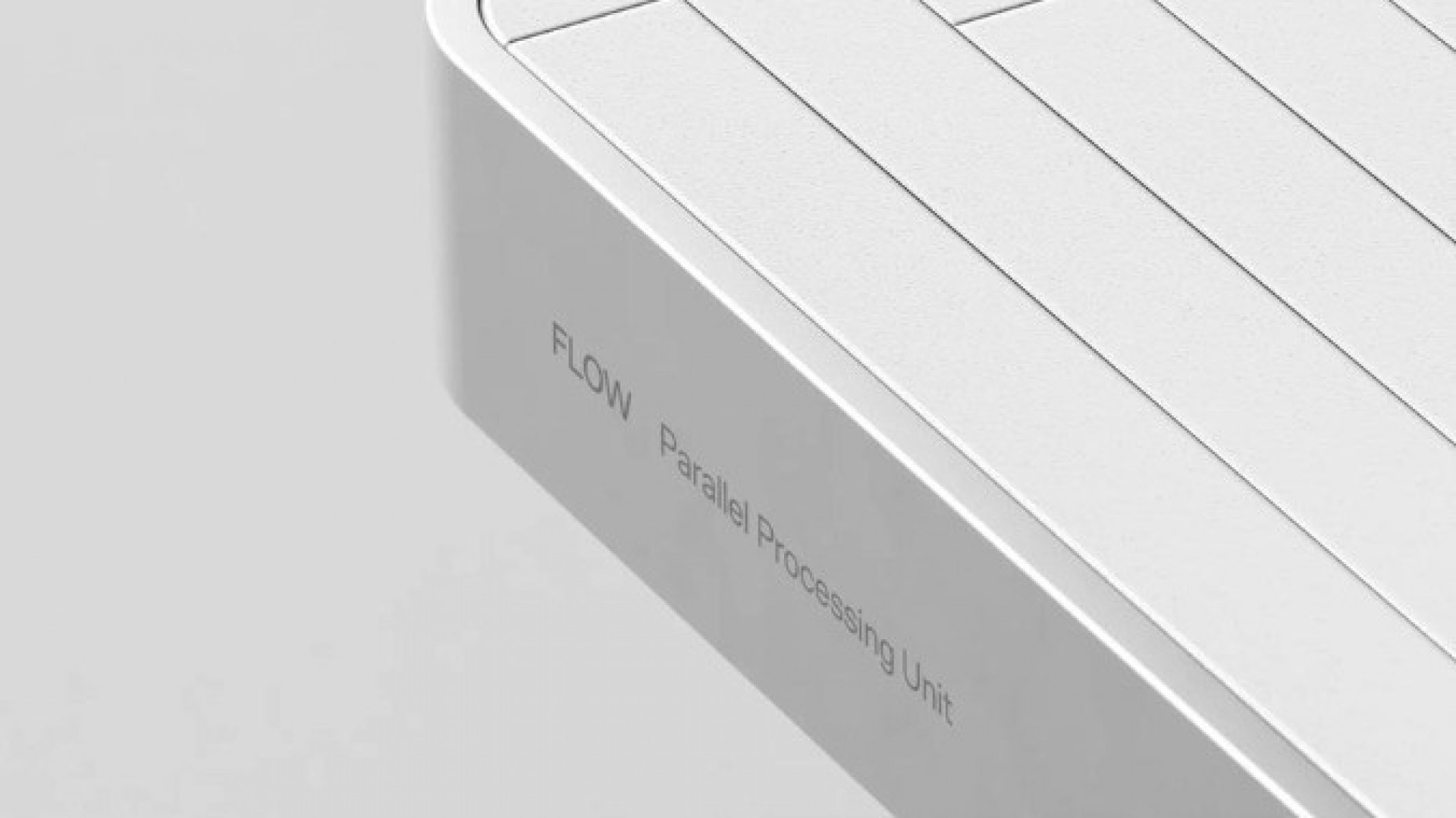#KingstonCognate introduces Simon Besteman
Simon Besteman is a French and Dutch national and a veteran of the ICT and data center industry. He has over 20 years of experience working at ISPs, suppliers, and data centers and as a management consultant for a wide range of organisations. Simon has held various senior management positions in multinational companies in the areas of service, sales and marketing, operations management and strategic development.
Currently, Simon is the CEO of ISPConnect, the Dutch coalition of hosting providers. As a leading representative of the industry he is a frequent blogger on industry and policy matters, a keynote speaker at congresses and conferences, and a participant at Dutch government round tables on telecommunication, data center and internet regulatory matters. He sits on the boards of various industry groups, with a focus on education, employment and governance.
Setting the SATA scene
Since the beginning of the century, the standard interface for storage has been SATA (Serial AT Attachment), a computer bus interface between host bus adapters and storage devices such as HDD (Hard Disk Drive), optical drives, and solid-state drives. SATA was initially engineered for HDDs, the traditional way of storing data at the time. Gradually SSD came to the forefront, and little by little started to replace HDDs. SSD benefits from no spinning disks, it is up to ten times faster and is more robust due to no moving parts. SATA has its limitation with speed being one of them in terms of SSD technology.
NVMe is advancing
Around 2010 a new standard was developed, NVMe (Non-Volatile Memory Express). As Adrien Viaud, Kingston’s Senior Technology engineer explains, “this new standard was developed to use the full potential of flash technology.”
NVMe as an interface has strong advantages over SATA and SAS. “SATA based SSD has sequential speeds (read write) 500 MB/s. Today PCI (Peripheral Component Interconnect) based NVMe Gen 3 SSDs offer performance of around 3000 MB/s, which is six times faster,” Viaud explains.
"Client systems (laptops) have been transitioning towards NVMe for some time now,” says Tony Hollingsbee, Kingston’s SSD Business manager for EMEA. “On the enterprise side, adoption is slower because customers need to make a choice: 100% transition or continue with SATA. Some organisations are happy with the SATA infrastructure that they have.”
“Today an element slowing down the transition is the need to invest in the right infrastructure which plays a role in the costing calculation.” Hollingsbee explains.
What is the right choice for my application?
A man with his hand pointes at one of illustrated squares in front of him with a green check mark in it
NVMe uses the PCI bus which is the fastest interface on the system after DRAM. Even though the market prices have come down to the point where there is parity between SATA and NVMe, to take full advantage of it, servers may need to be upgraded both on the hardware and the software side. If you invested in new hardware recently you may find it can be a considerable investment to switch to NVMe compatible servers. The gain, though, is considerable.
“NVMe is for systems where the data needs to be instantly available and for organisations where every microsecond count. It's all about speed, and if you're in finance or cloud where time is of the essence, the benefits of NVMe will be considerable: think of AI (Artificial Intelligence), or Big Data,” explains Ferdi van der Zwaag, Business Development Manager.
Can your application benefit from NVMe? Definitely. You will get a speed boost of up to ten times over SATA. The performance is there, but can it benefit from this boost? “This should be the first question you ask; can my application use the speed of NVMe?”
The future of NVMe adoption
Newer applications are beginning to capitalise on the full potential of NVMe. But there are more factors that come into the equation. It is linked into the hardware refresh of the system. “It's an evaluation that needs to be made by organisations,” Hollingsbee adds.
“With NVMe drives you can have the capacity of literally dozens of SATA or SAS drives. Meaning that the initial cost will also be mitigated by the fact that you will need considerably less hardware, and therefore less rack space in your data center to achieve comparable and in fact much faster performance.”
There is still a place for SATA, but this is the direction we will all be taking in the future. There are a lot of factors to take into consideration, such as the initial investment, but be sure to consider the total cost of ownership as well as the savings on aspects such as cooling due to space gains.
Viaud: “We need to look towards the future. Everyone wants faster and more capacity. PCIe Gen 4 is operational, PCIe Gen 5 specifications have been released already. Every generation doubles the performance of the previous one in terms of giga transfers per second. As technology evolves on the NAND side, the flash chips that are built into the SSDs will see a parallel movement in growth of capacity. These will be the two main elements of the future: faster speeds and more capacity. Faster storage and bigger storage.”
The right time for NVMe
How do you know if the time is right to move to NVMe? It is a complex question which many distinct factors play a role. Kingston Technology can help you clarify the picture and make the right decision for your environment. The “Ask an Expert” service is the easiest gateway to get personalised advice that is fitting for your business.














